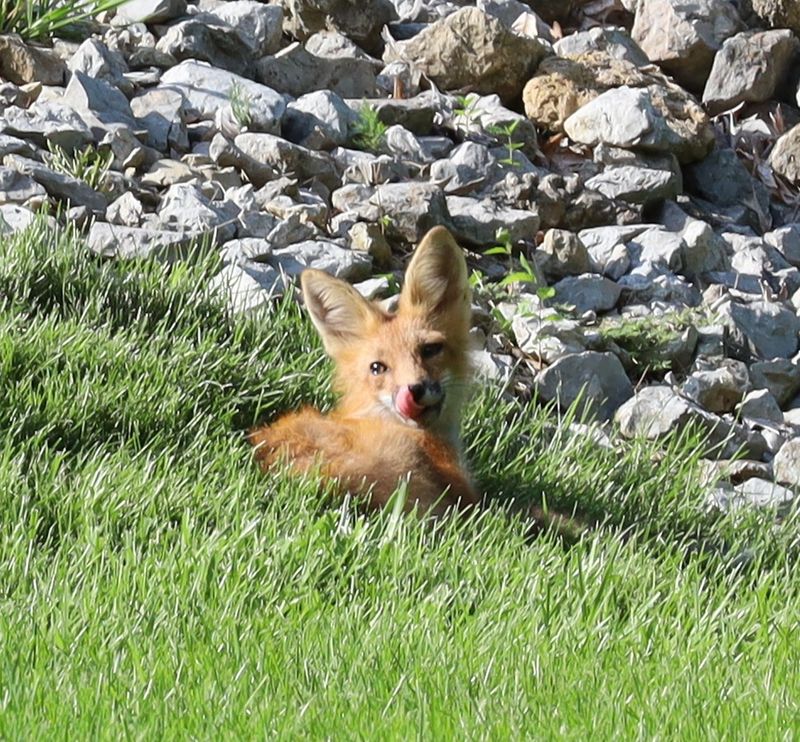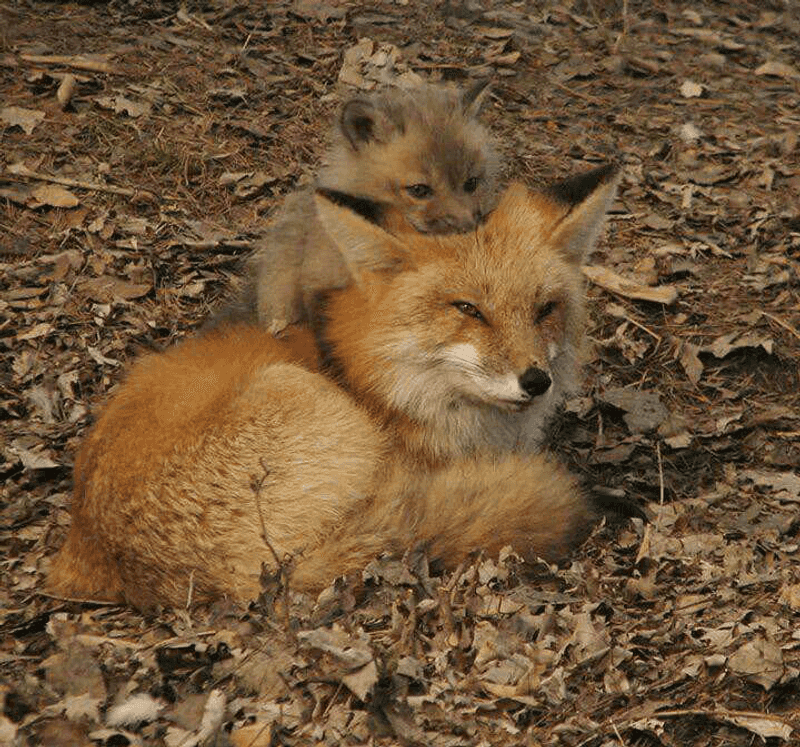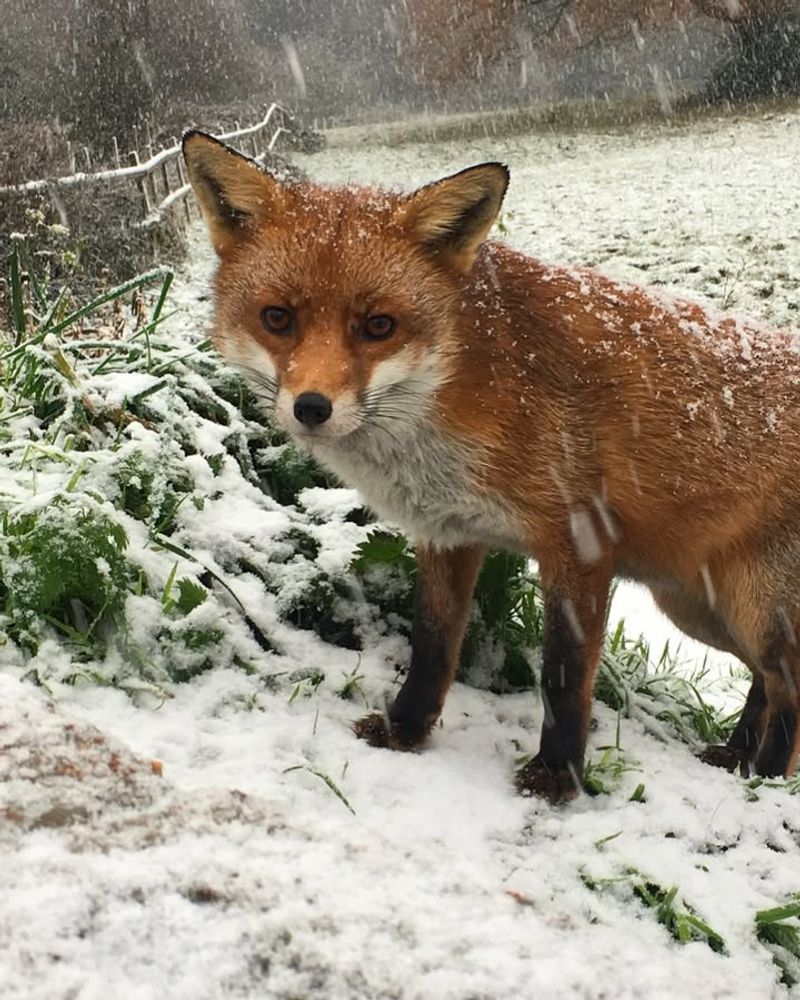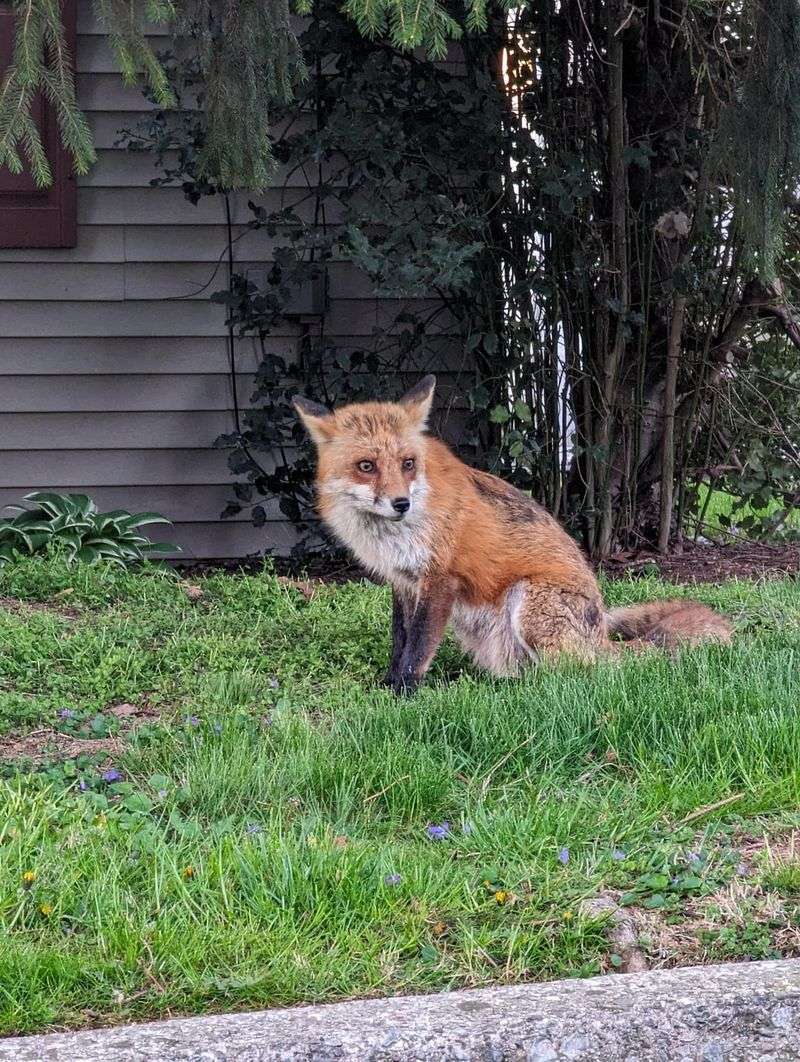Idaho residents have started spotting foxes far more often, and the timing of these visits follows a seasonal pattern that quietly shifts as food sources, daylight, and temperatures change.
Once you know when these natural movements typically begin, it suddenly makes sense why foxes wander closer to yards during certain months and seem to vanish again just as quickly.
1. Early Morning Hours Before Sunrise
Foxes love hunting during the quiet hours before the sun comes up because prey animals are active and people are still sleeping inside their homes.
Many Idaho residents notice fox tracks in the dew-covered grass when they step outside for their morning coffee or to grab the newspaper from the driveway.
Your backyard becomes a perfect hunting ground for these clever animals searching for mice, rabbits, and other small creatures moving around at this peaceful time.
2. Late Evening After Sunset
Once darkness begins to fall across Idaho neighborhoods, foxes emerge from their dens to begin their nightly search for food in yards and open spaces nearby.
The cover of twilight gives them confidence to explore areas closer to human homes where they might find easy meals like pet food left outside overnight.
Residents often spot these animals near garages, porches, and gardens as shadows lengthen and the sky turns from orange to deep purple across the horizon.
3. During Spring When Raising Kits
Springtime brings a huge increase in fox activity because parents need to find extra food to feed their growing babies hidden safely in underground dens.
Mother and father foxes work together throughout Idaho communities, making multiple trips through yards each day to bring back meals for their hungry young ones.
You might notice the same fox passing through your property repeatedly during April and May as it establishes regular routes to reliable food sources nearby.
4. When Heavy Snow Covers Natural Food Sources
Winter storms that blanket Idaho in deep snow force foxes to search for food in new places because their usual hunting grounds become difficult to access.
Your yard might suddenly see more fox visitors when natural prey hides beneath thick snow layers that make digging and hunting much more challenging than usual.
These smart animals remember which neighborhoods have bird feeders, compost piles, and other food sources that remain accessible even when nature buries everything else under white drifts.
5. After Suburban Development Expands
Construction of new homes and shopping centers in Idaho pushes foxes out of their traditional territories, forcing them to adapt by moving into established neighborhoods nearby.
When developers clear land for buildings and roads, displaced foxes must find new places to live and hunt, often choosing residential areas with plenty of cover.
Residents in older neighborhoods suddenly notice more fox sightings because these animals have nowhere else to go after losing their original woodland and field habitats.
6. During Drought Conditions in Summer
Hot, dry summers across Idaho drive foxes toward residential areas where they know they can find water sources like sprinklers, pet bowls, and decorative fountains or ponds.
Natural water sources dry up quickly during drought periods, making your yard an oasis that attracts thirsty wildlife searching for any available moisture to drink.
Homeowners often discover foxes visiting their properties at unusual times during heat waves because survival needs override the animals’ normal caution around human spaces and activity.
7. When Gardens Have Ripe Fruits and Vegetables
Harvest time in Idaho brings foxes into yards because these omnivores enjoy eating ripe berries, fallen apples, and other sweet produce from gardens and fruit trees.
While foxes primarily hunt meat, they happily supplement their diet with easy-to-grab plant foods that require no hunting effort and provide quick energy and nutrition.
Your vegetable patch or berry bushes might attract curious foxes during late summer and fall when natural food sources become scarce and cultivated crops offer tempting alternatives.








